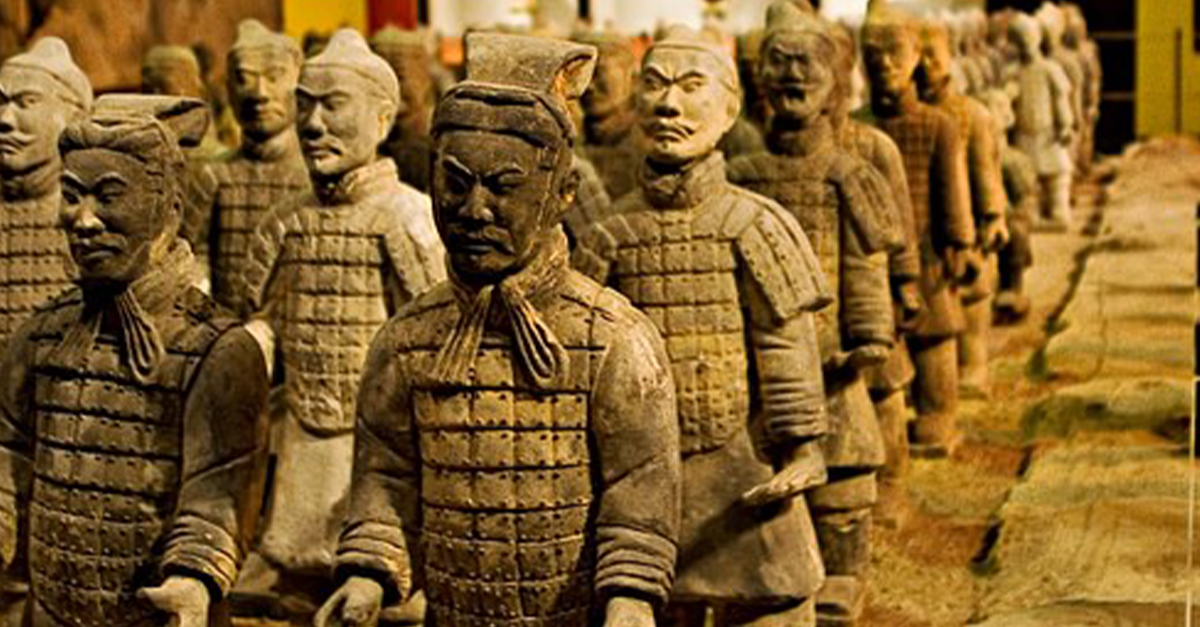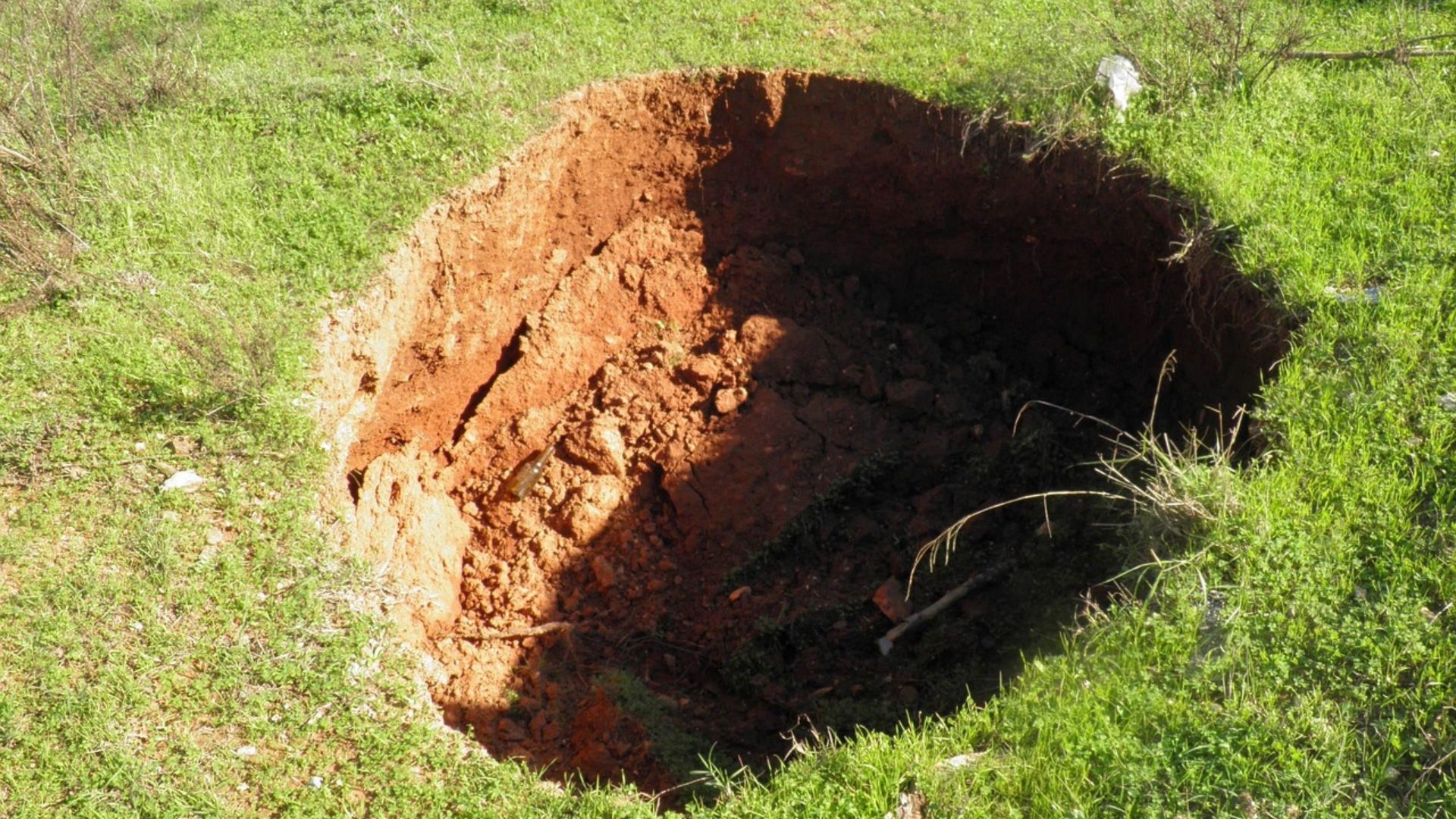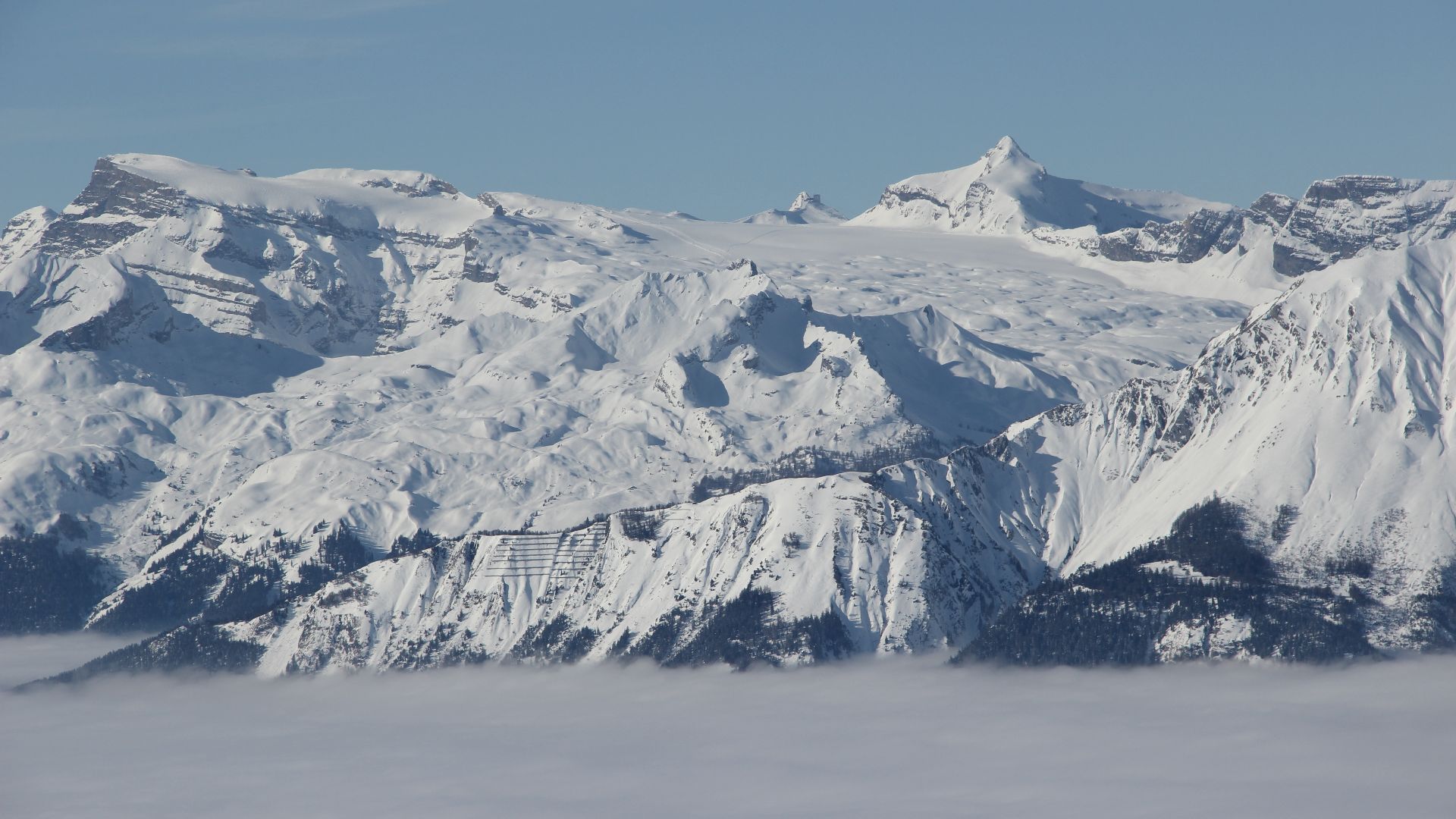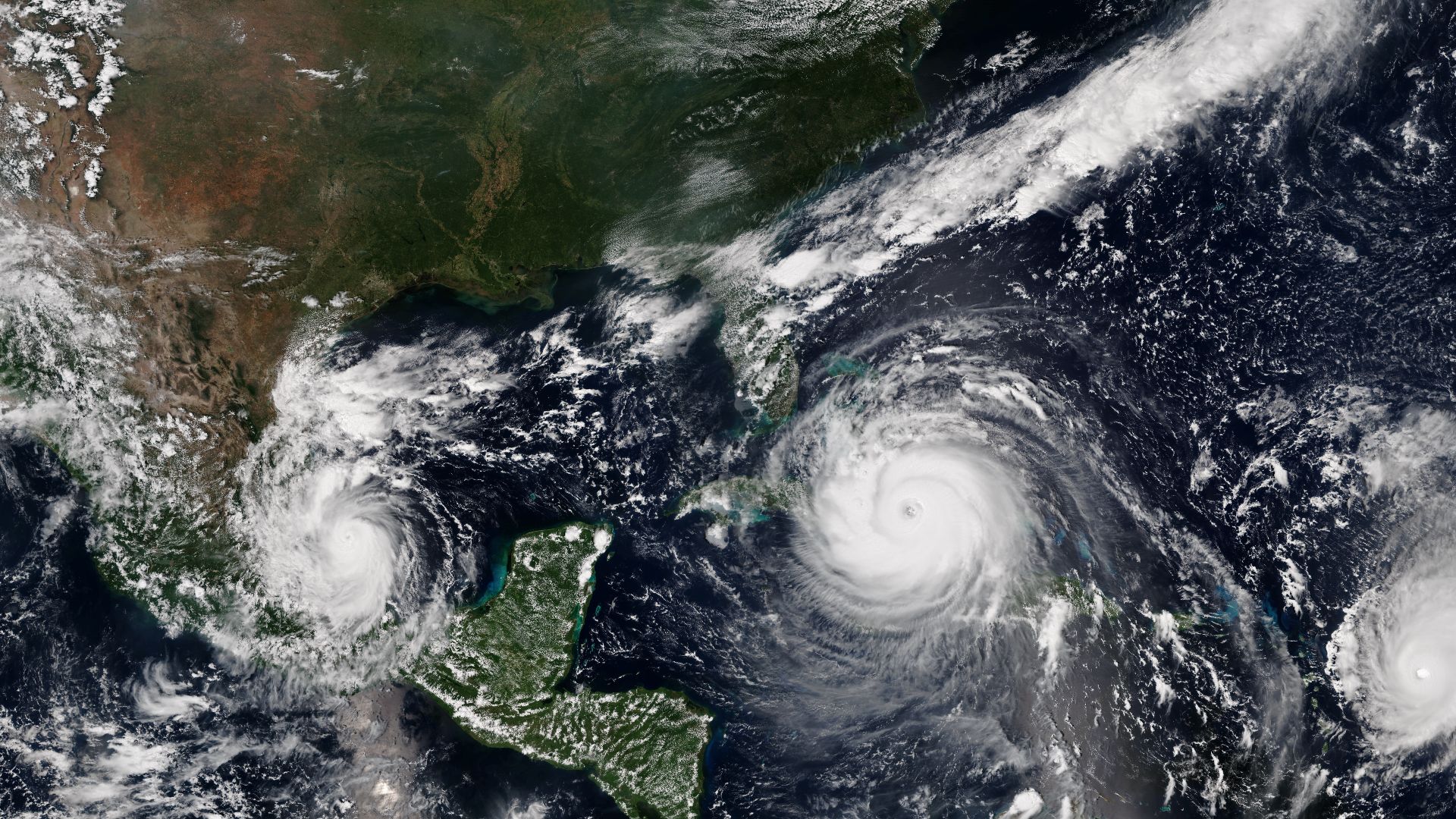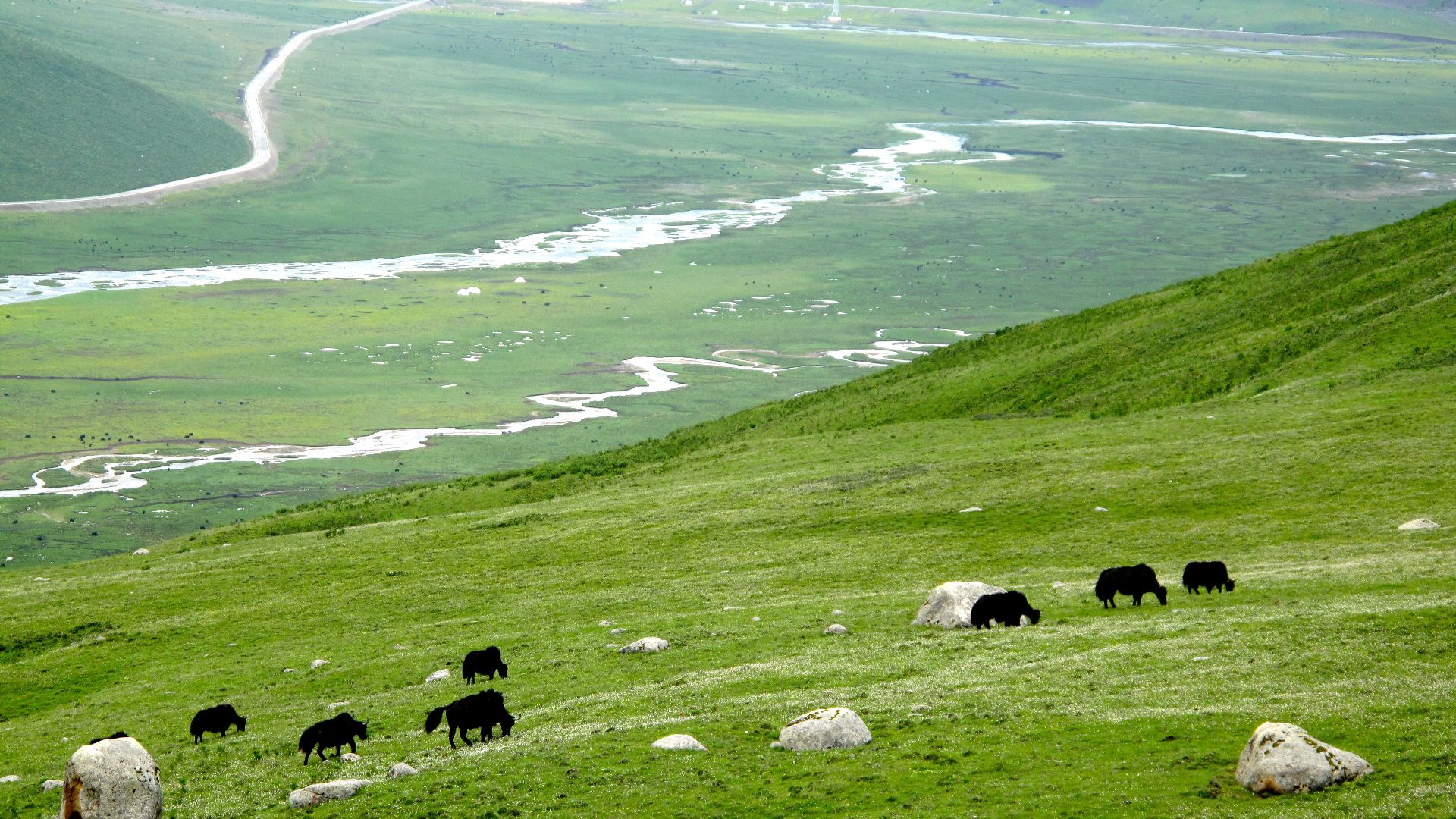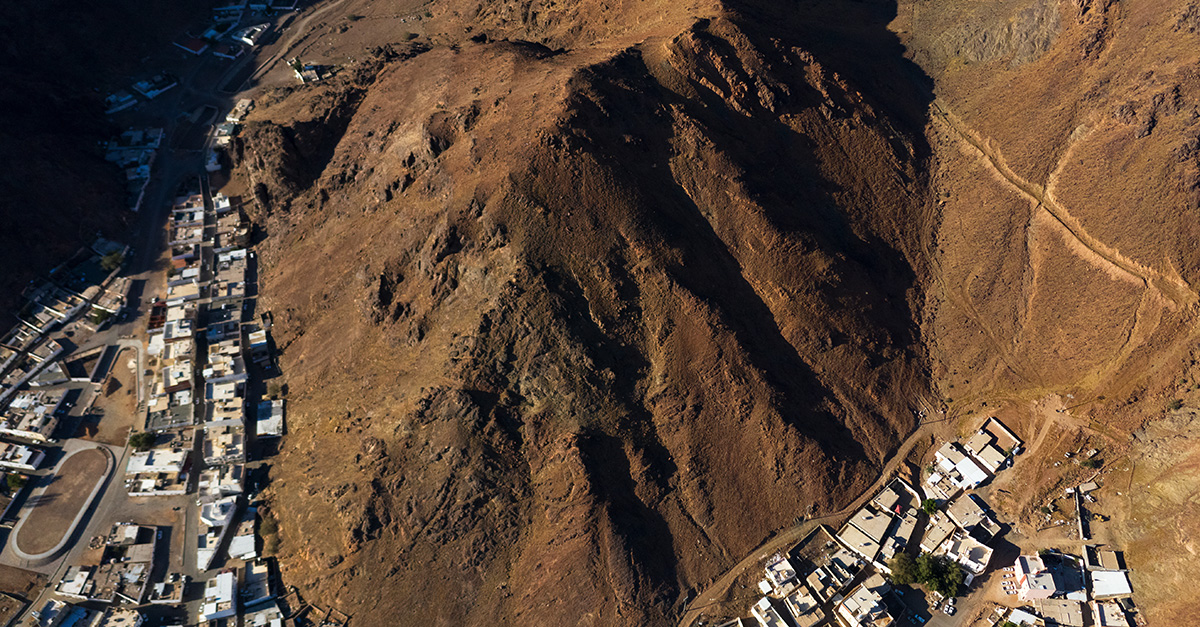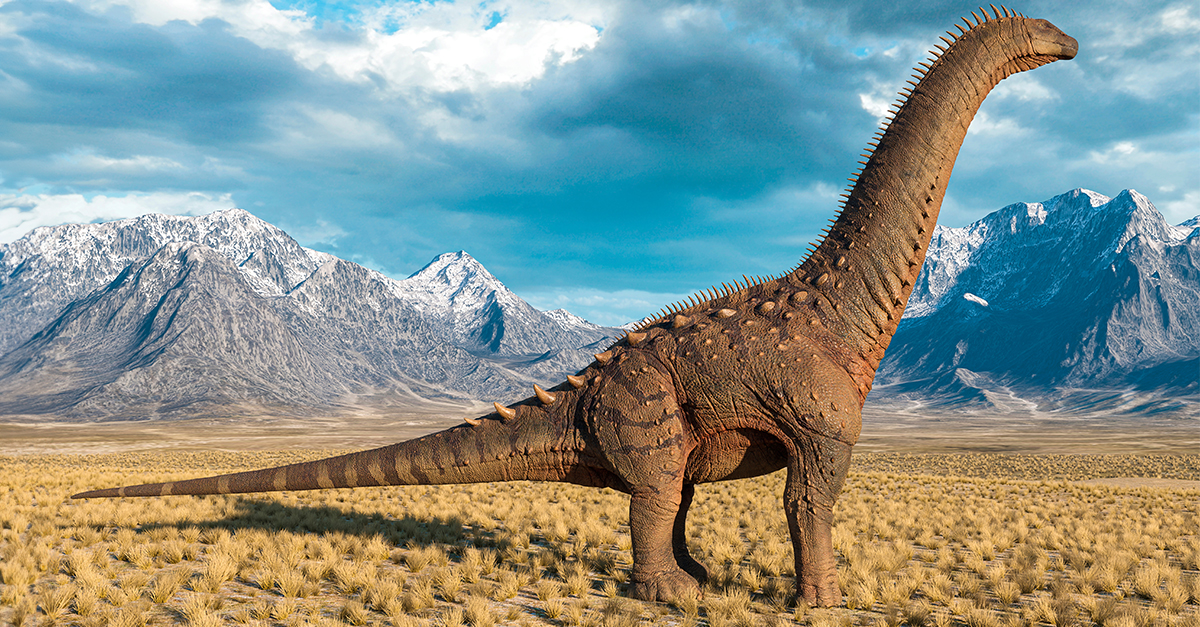History Meets Mystery
There was a time not too long ago when people didn’t record everything that they ate, wore, did, or said on a phone. As a result, the time before cell phones has a certain amount of mystery to it. Here are some historical conundrums that we’ve only recently figured out.

Too Many Male Mammoths: Where Are The Ladies?
One thing you might not know about the fossils of woolly mammoths that we’ve uncovered over the decades is that almost 70% of them are male. This mystery persisted until 2017, when Swedish researchers, looking at modern elephant behavior, suggested a solution.
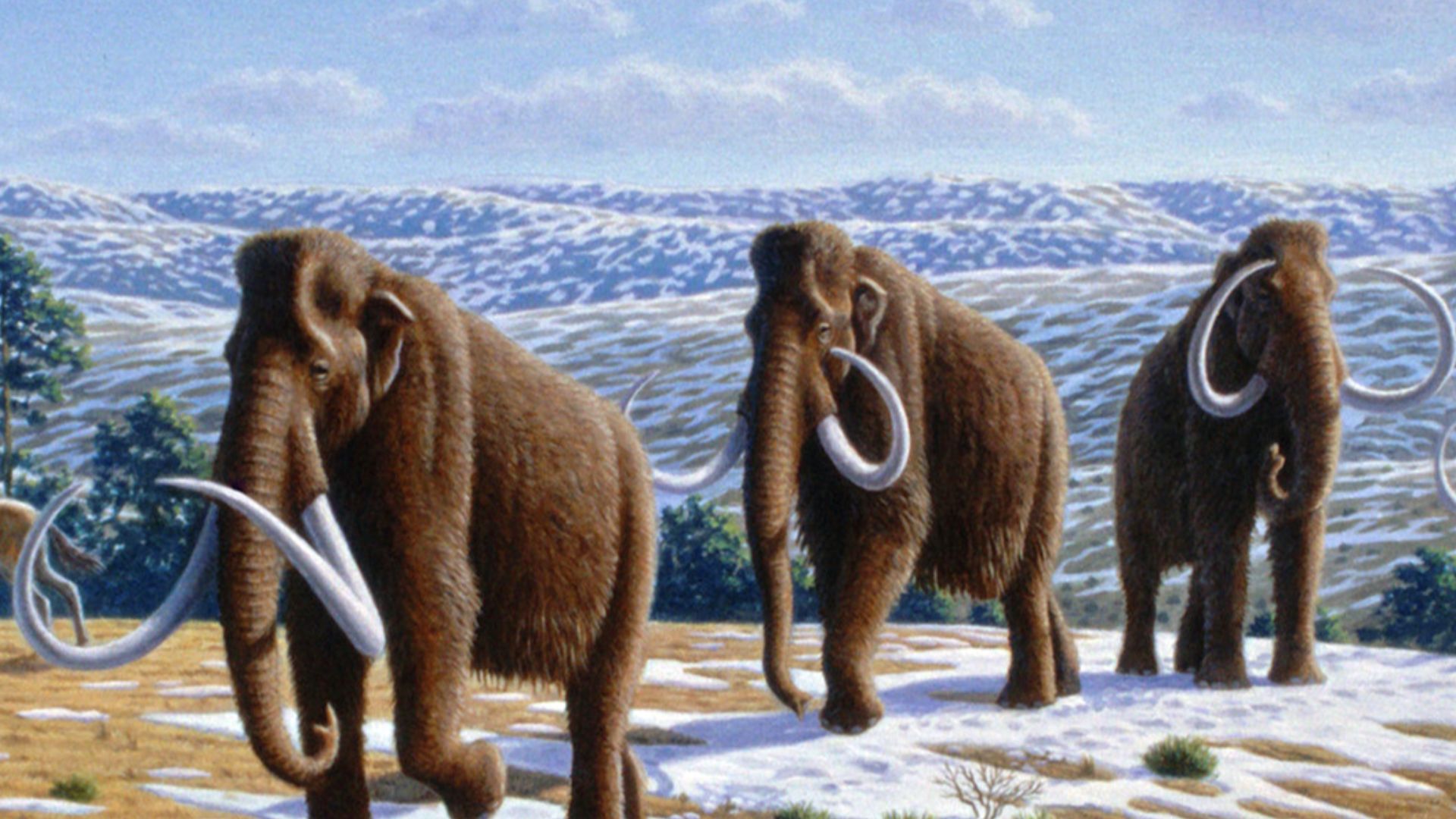 Mauricio Antón, Wikimedia Commons
Mauricio Antón, Wikimedia Commons
Too Many Male Mammoths: Woolly Matriarchs
Modern elephants live in social groups led by an older female, known as a matriarch. Groups of female mammoths would regularly eject maturing males from the group as they reached maturity and their behavior became more aggressive. Some lived in “bachelor groups” while others pursued a solitary existence.
Too Many Male Mammoths: Endangered Bachelors
Like males of many species, if we’re being honest, the male mammoths engaged in “risk-taking behavior”. While mammoths in a group could rely on the help of their fellows, without that support, lone male mammoths succumbed to a variety of dangers.
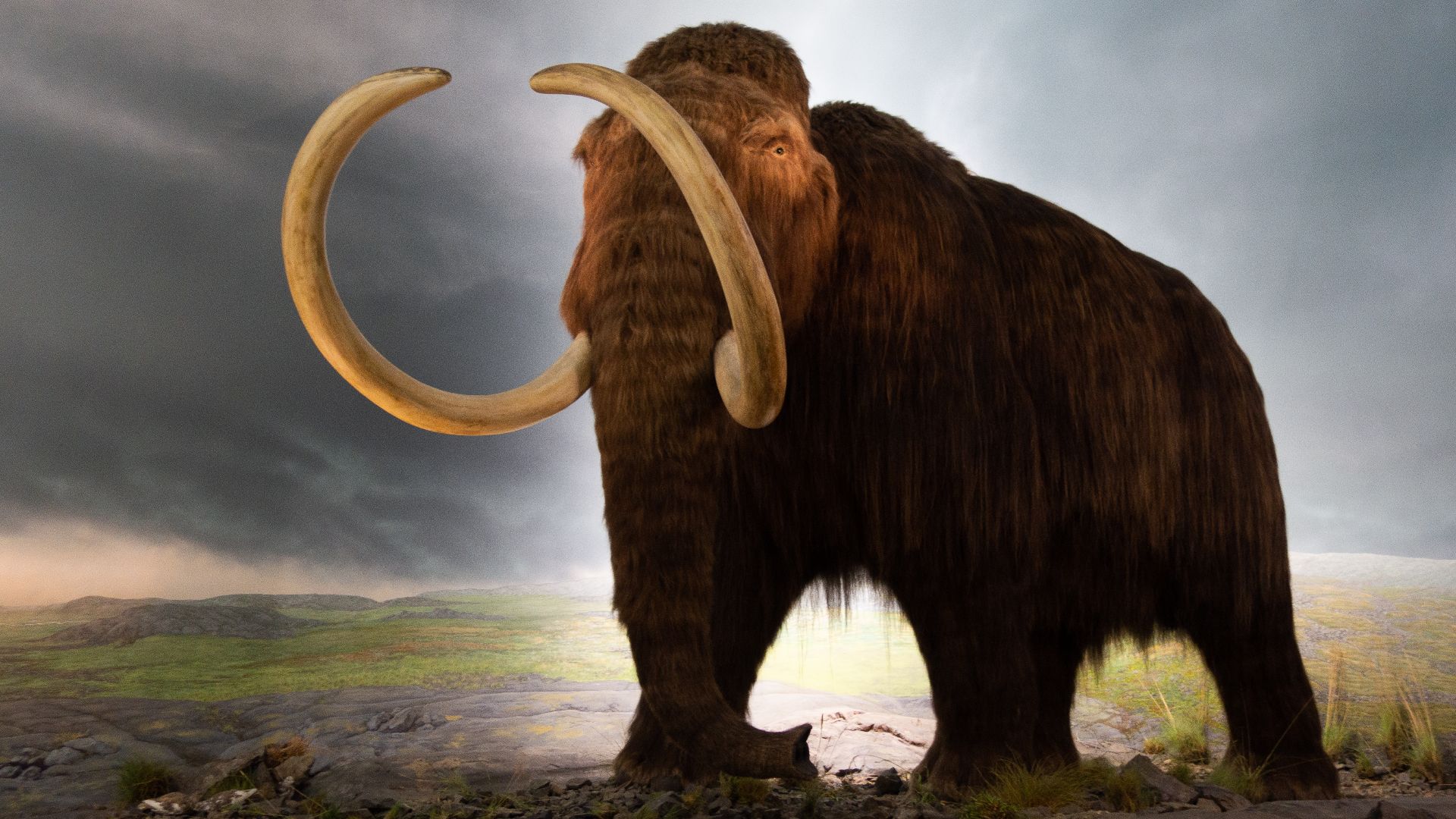 Thomas Quine, Wikimedia Commons
Thomas Quine, Wikimedia Commons
Too Many Male Mammoths: Preserved In The End
Among the dangers facing lone males were crevasses, sinkholes, and bogs. Such endings often left the bodies covered somewhat, so their remains were better protected from the wear of ages than those of the female groups. And so we have mostly male mammoth fossils.
The Missing Swiss Farmers: Never To Be Seen Again…Maybe
Marcelin and Francine Dumoulin were Swiss farmers who, one day in 1942, headed out to feed and milk their cows. That was the last anyone saw or heard of the Dumoulins for over 75 years. The mystery of their disappearance was actually solved by climate change.
 derek menzies , Wikimedia Commons
derek menzies , Wikimedia Commons
The Missing Swiss Farmers: Hidden By The Ice
After vanishing on August 15, 1942, the Dumoulins reappeared in the world in 2017. A nearby glacier receded enough that the bodies of the missing farmers were revealed. The ice had done such a good job preserving the two that their belongings, including identity papers, were completely intact.
The Missing Swiss Farmers: Climate Change Solution
While climate change is generally acknowledged to be a bad thing, we have the effect of a warming world on the Tsanfleuron Glacier to thank for solving this mystery. The Dumoulins appear to have fallen into a crevasse and remained trapped there until the ice melted.
The Missing Swiss Farmers: More Mysteries Solved?
With glaciers receding at record rates, local authorities believe that discoveries like that of the Dumoulins may become more common. More mysterious disappearances due to accidents on the ice might come to light as the world grows warmer and warmer.
Painting The Terracotta Army: Painted Platoons
The Terracotta Army was discovered in 1974, a collection of sculptures buried alongside China’s first emperor. Some of the army’s figurines appeared to have remnants of paint and glaze on them, a rarity in such statues.
 Carlos Adampol Galindo from DF, México, Wikimedia Commons
Carlos Adampol Galindo from DF, México, Wikimedia Commons
Painting The Terracotta Army: Afterlife Guardians
The buried statues were intended as an imperial guard for the deceased ruler in the afterlife. What was mysterious about the paint left on the figures was that they had been buried in water-saturated sediment for over 2,000 years. So how had the paint survived?
 User:airunp, Wikimedia Commons
User:airunp, Wikimedia Commons
Painting The Terracotta Army: Traces Of Color
The pigments used to paint the army had been identified, and included compounds like azurite and malachite. But no one was quite sure how these colors had been so strongly bonded to the clay statues. It took cutting edge technology to figure out the mystery.
Painting The Terracotta Army: State Of The Art
Using a “matrix-assisted laser desorption/ionization time-of-flight mass spectrometry” process, Chinese scientists managed to figure out what kept the paint from disappearing completely. Lacquer from the Toxicodendron tree and animal glue helped the colors of the Terracotta army last for more than two millennia.
 Stephencdickson, Wikimedia Commons
Stephencdickson, Wikimedia Commons
The Mystery Of Blood Falls: Gruesome Antarctica
The scene is something out of a horror film. A 1911 expedition to the cold Southern continent led to the discovery of a waterfall with such a striking color that it is named “Blood Falls”. The exact cause of the deep red waterfall on the Taylor Glacier was unknown for over a century.
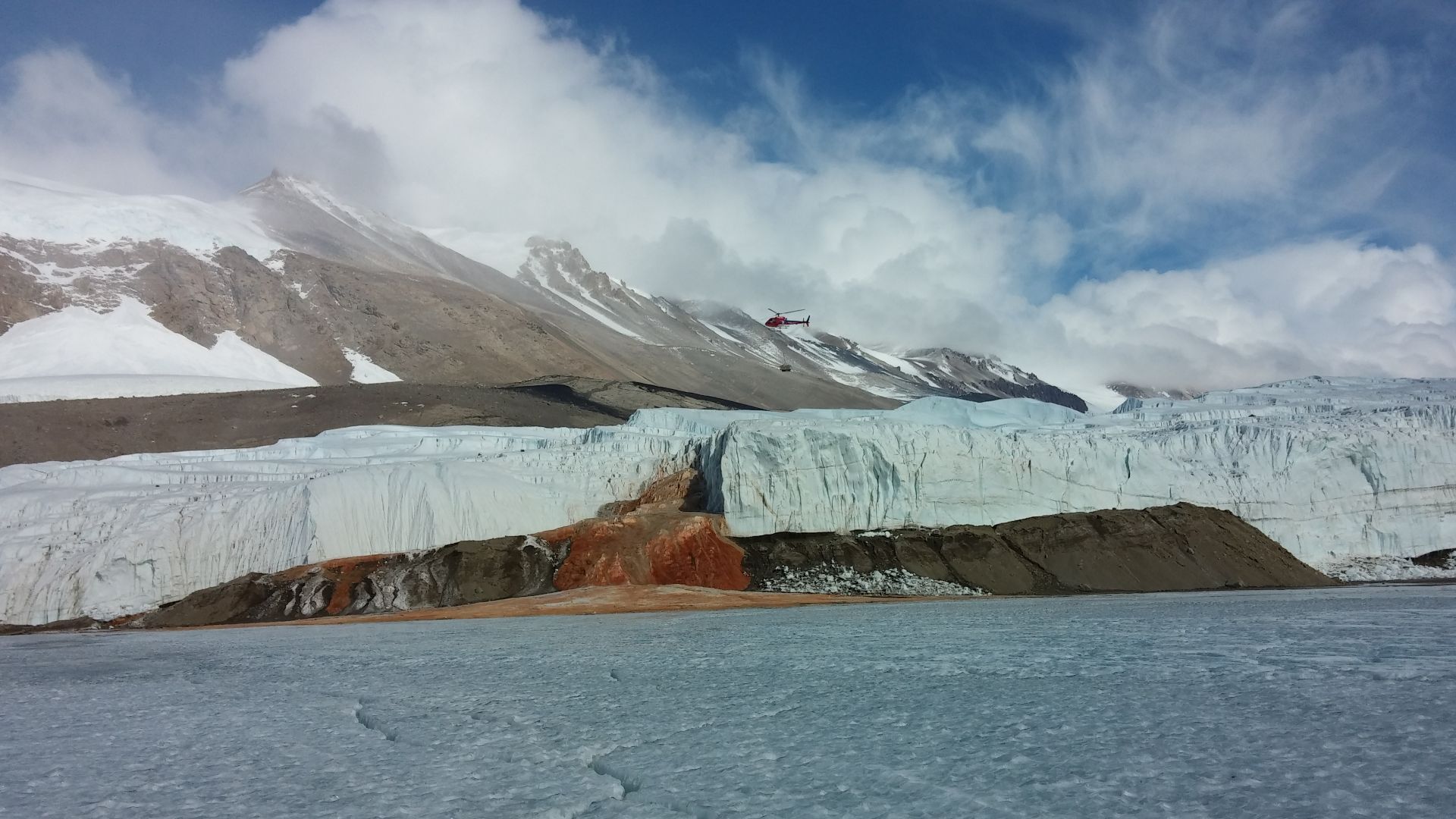 Jill Mikucki/University of Tennessee Knoxville, Wikimedia Commons
Jill Mikucki/University of Tennessee Knoxville, Wikimedia Commons
The Mystery Of Blood Falls: To Bleed Or Not To Bleed
While definitely not a river of blood, scientists remained puzzled as to why the water ran such a color. At first, they believed it had to do with red algae somehow growing in this particular part of the Antarctic. Researchers ended up disproving this theory, and came to the conclusion that the color had to do with iron oxide in the water. But they didn’t know why.
The Mystery Of Blood Falls: Big And Briny
A 2017 research mission revealed a startling secret hidden beneath the Taylor Glacier: a large pocket of briny water, potentially trapped for over a million years. The highly-concentrated salt water creates the deep, reddish color of the waterfall. And this discovery could potentially have far-reaching consequences.
 Peter Rejcek, NSF, Wikimedia Commons
Peter Rejcek, NSF, Wikimedia Commons
The Mystery Of Blood Falls: Antarctica And Europa
One of the best candidates for life elsewhere in our solar system is Jupiter’s moon, Europa. Astrobiologists believe that the conditions found at Blood Falls may be similar to those on the distant moon, and the discovery of creatures adapted to such an extreme environment helps them to understand how life on Europa may have evolved.
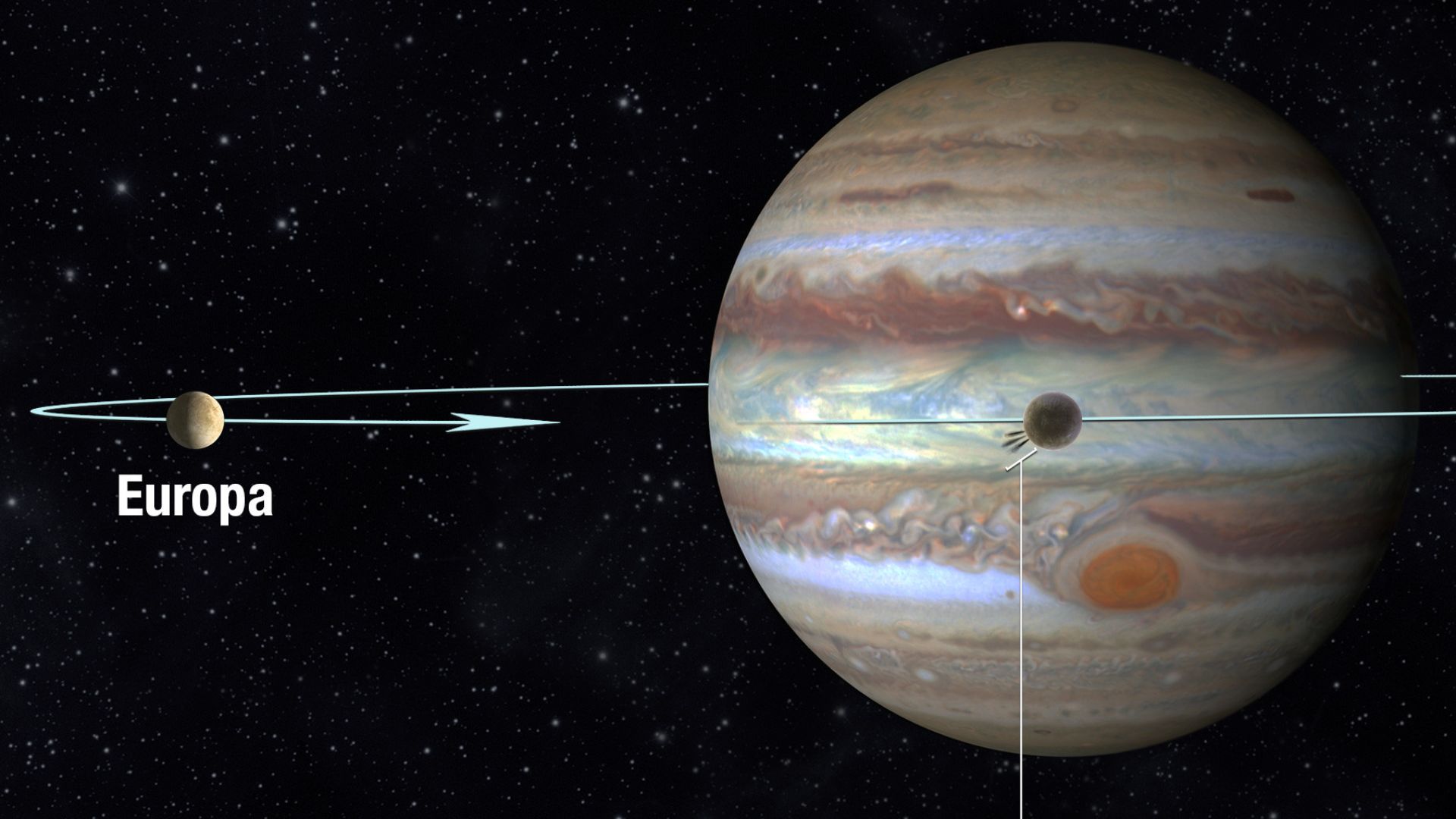 NASA, ESA, and A. Feild (STScI), Wikimedia Commons
NASA, ESA, and A. Feild (STScI), Wikimedia Commons
The Mysterious Gigantopithecus: Really, Really Tall
While you may or may not believe in Bigfoot, the fact of the matter is that an enormous primate, distantly related to humans, did walk the world at one time. The Gigantopithecus, known only by a few fossil remains, is the largest primate known to science, and stood almost 10 feet tall!
The Mysterious Gigantopithecus: An Uncertain Ancestry
You’d think that if there were such enormous apes around at some point, we’d have much better knowledge of them, or even have a few still remaining. Yet, once again, barring Bigfoot sightings, there is precious little evidence. The fossil record for Gigantopithecus is so small that their huge size is really just an educated guess.
 Michal Maňas, Wikimedia Commons
Michal Maňas, Wikimedia Commons
The Mysterious Gigantopithecus: A Long Time Ago
Paleontologists can’t even say for sure when the Gigantopithecus lived on Earth. Scientists estimate the ape lived between nine million and 100,000 years ago. That’s a huge range of years, one that could only be whittled down by more fossil discoveries. But they do think they understand why the ape died out.
The Mysterious Gigantopithecus: Vanishing Vegetarian
Remains of Gigantopithecus teeth suggest that the enormous ape was a vegetarian. Scientists now believe that the ape could not adapt to a shift in the climate in China and Thailand that turned forests into savannas. Without a viable source of food, the giant herbivores could not survive.
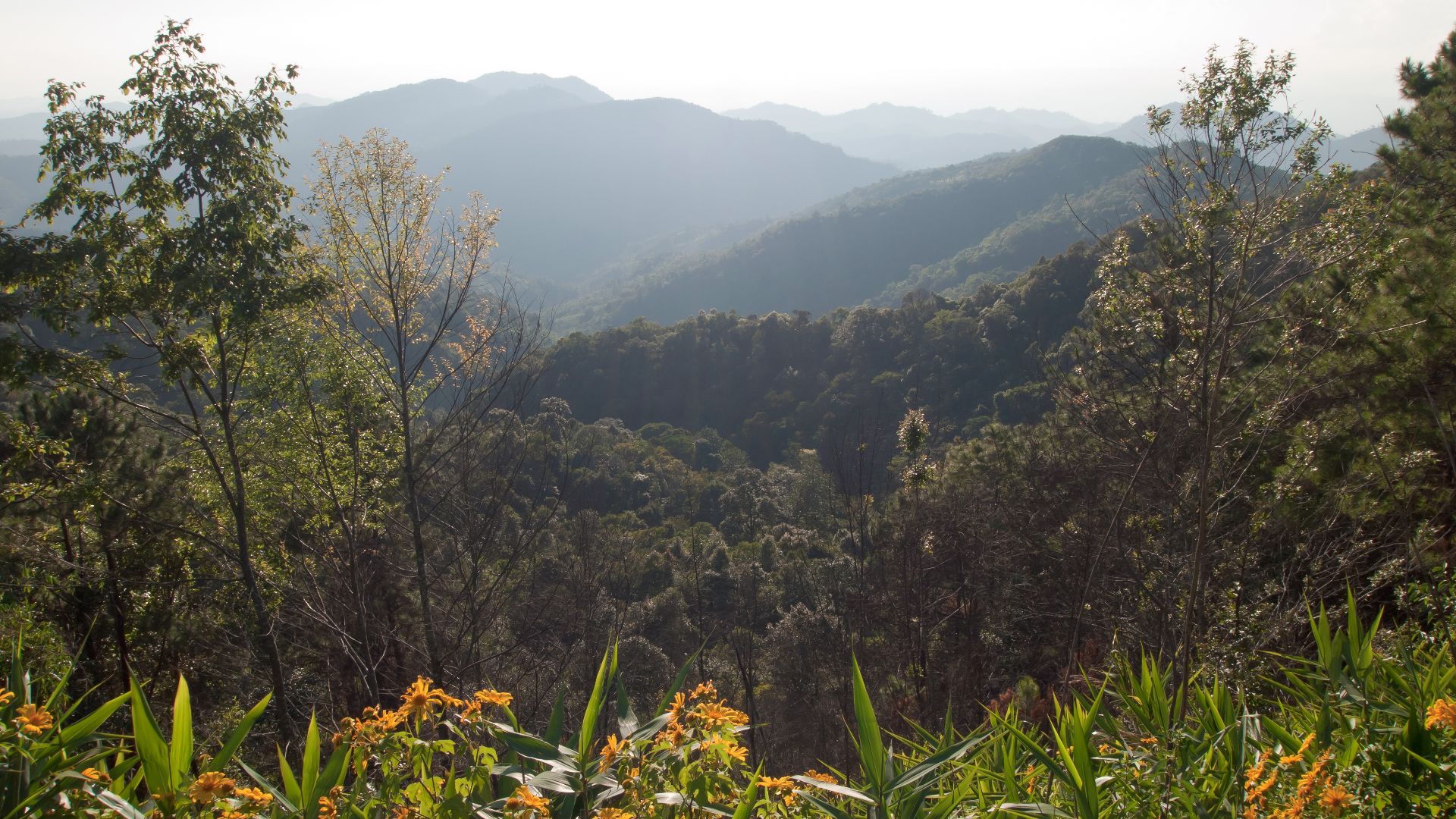 Vyacheslav Argenberg, Wikimedia Commons
Vyacheslav Argenberg, Wikimedia Commons
The Disappearance Of Barry Troy: Vanishing Canadian
Canadian Navy pilot Barry Troy was part of a four-plane formation flying to Florida on February 25, 1958. At some point during the flight, and for no apparent reason, Troy broke from the formation and was never heard from again.
 Boston Public Library, Wikimedia Commons
Boston Public Library, Wikimedia Commons
The Disappearance Of Barry Troy: No Evidence
With most airplane crashes, there is at least some wreckage. But not so with Barry Troy. All that was ever recovered from the vanished pilot and his plane was a helmet and a single wheel. And for almost 60 years, no one knew what had happened to him.
The Disappearance Of Barry Troy: A Helpful Hurricane
2017 saw Hurricane Irma wreak havoc on the West Coast of the United States. Irma destroyed property and lives, yet the violent storm also helped solve the mystery of the missing Canadian naval pilot. An observant park ranger noticed some odd debris that had washed up in the wake of Irma.
The Disappearance Of Barry Troy: Beneath The Dunes
The washed-up parachute rigging clearly showed the name “Lt (P) Troy” on the harness. It seems likely that the parachute, which had not been deployed, was buried under dunes and revealed by the ferocious storm. No other evidence of Barry Troy or his plane has ever been found.
The Tibetan Exodus: They All Just Left
About 4,000 years ago, a huge group of people just up and left the Tibetan Plateau. The plateau was home to an extinct race of humans, the Denisovans, about 200,000 years ago, and was also home to nomadic tribes for a long time. So why did everyone just leave one day?
The Tibetan Exodus: Millet In The Highlands
According to researchers, one of the primary crops inhabitants of the plateau grew was millet. Millet is an important cereal crop and likely provided the ancient people of Tibet with an abundant source of food. But, at some point, the millet stopped growing.
The Tibetan Exodus: Cool Temperatures
We think that climate change is a recent phenomenon, and the pollution-based variety that we know is. But the Earth’s climate goes through periodic shifts, and scientists think this is why the millet stopped growing. And without their primary source of food, the people of the Tibetan Plateau sought newer, warmer climes for their home.
The Tasmanian Tiger: Goodbye To The Thylacine
Also known as the thylacine, the last of the Tasmanian tigers passed away in captivity in 1936. Although there have been numerous unverified sightings over the years, scientists believe the creature is long gone. But the question remains of why it lasted for so long on the small island of Tasmania.
 Baker; E.J. Keller., Wikimedia Commons
Baker; E.J. Keller., Wikimedia Commons
The Tasmanian Tiger: Tasmania Vs Australia
Thylacine remains have turned up in Tasmania’s much larger neighbor, Australia, but evidence suggests the Australian population died out thousands of years ago. A long-standing mystery surrounding the creature is why it was able to survive on Tasmania for so long after dying out in Australia.
The Tasmanian Tiger: Disease, Dingoes, Or Drought?
Hypotheses about the mainland extinction range widely. Some claim that a disease destroyed the mainland population but left the Tasmanian tigers untouched. Others say the tiger lost out in competition with Australia’s wild dog, the Dingo. And still others say the harsh climate of Australia played a role.
 Newretreads, Wikimedia Commons
Newretreads, Wikimedia Commons
The Tasmanian Tiger: Warm And Wet
Climate may well be the answer. The high rainfall on the island may have helped the thylacine population there to weather the environmental changes better than their mainland cousins. The population thrived, at least until Europeans arrived on the island in the 1700s.
A Duel In Jamestown: The First Settlement
Jamestown, Virginia, was one of the first permanent English settlements in North America. Founded in 1607, it is currently a treasure trove of archaeological discoveries for the Jamestown Rediscovery Project. And the site of a very old crime.
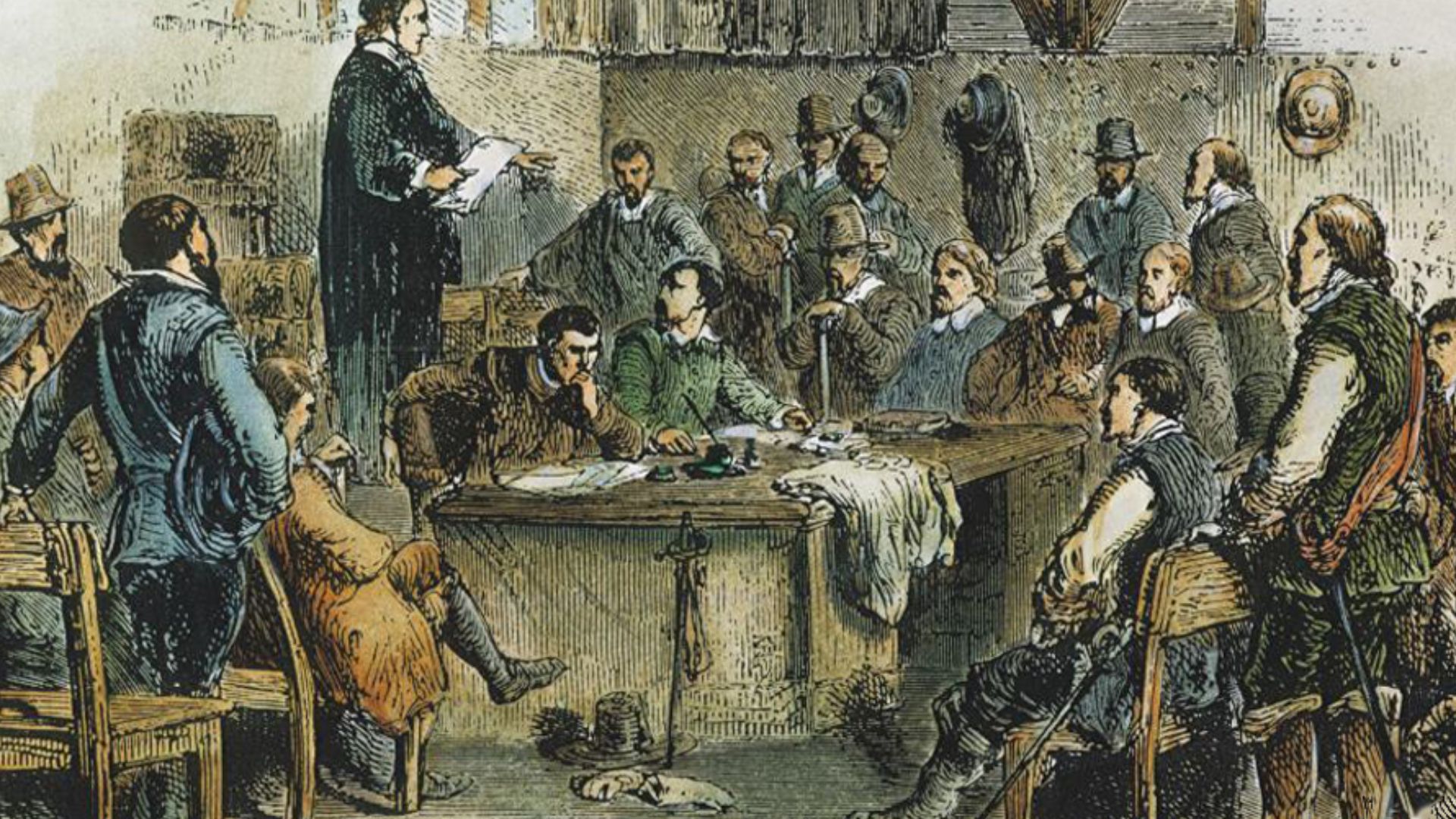 Thomas Armstrong (d. 1911), Wikimedia Commons
Thomas Armstrong (d. 1911), Wikimedia Commons
A Duel In Jamestown: The Coldest Case
Among the discoveries at the site was the skeleton of a young man. He appeared to have been shot in the leg. Archaeologists even found a lead slug near his remains. When discovered in 1996, his 400-year-old murder became a mystery for the ages.
 Lord Mountbatten, Wikimedia Commons
Lord Mountbatten, Wikimedia Commons
A Duel In Jamestown: The Duel
17 years later, scientists announced a solution to the age-old mystery. Given the position of the wound, along with some records from the settlement, the victim was one George Harrison, who had been fatally shot in a duel with a merchant named Richard Stephens.
 Ken Lund from Reno, Nevada, USA, Wikimedia Commons
Ken Lund from Reno, Nevada, USA, Wikimedia Commons
Search For The Indianapolis: A Historical Sinking
When the USS Indianapolis was sunk in 1945, it took almost 900 sailors to the bottom of the ocean with it. 316 crew members survived, but until 2016, no one was quite sure where exactly the wreck had settled.
 Unknown authorUnknown author, Wikimedia Commons
Unknown authorUnknown author, Wikimedia Commons
Search For The Indianapolis: A Quick Trip To The Bottom
After Japanese torpedoes damaged the ship’s hull, the crew managed to send out a distress signal. But records indicate that it only took 12 minutes for the ship to disappear from view, somewhere between Guam and the Philippines.
 Internet Archive Book Images, Wikimedia Commons
Internet Archive Book Images, Wikimedia Commons
Search For The Indianapolis: Somewhere In The Pacific
This might be obvious to say, but the Pacific Ocean is really, really big and really, really deep. Even with a pretty good idea of where the ship went down, finding it would turn out to be the work of decades.
 Interiot~commonswiki, Wikimedia Commons
Interiot~commonswiki, Wikimedia Commons
Search For The Indianapolis: Two Misses And A Hit
Two expeditions over the last 20 years used then-current technology to try to find the Indianapolis. A new lead was uncovered in 2016, providing a better idea of where the ship was resting. The ship was rediscovered in 2017 in the North Pacific, sitting at a depth of 18,000 ft.
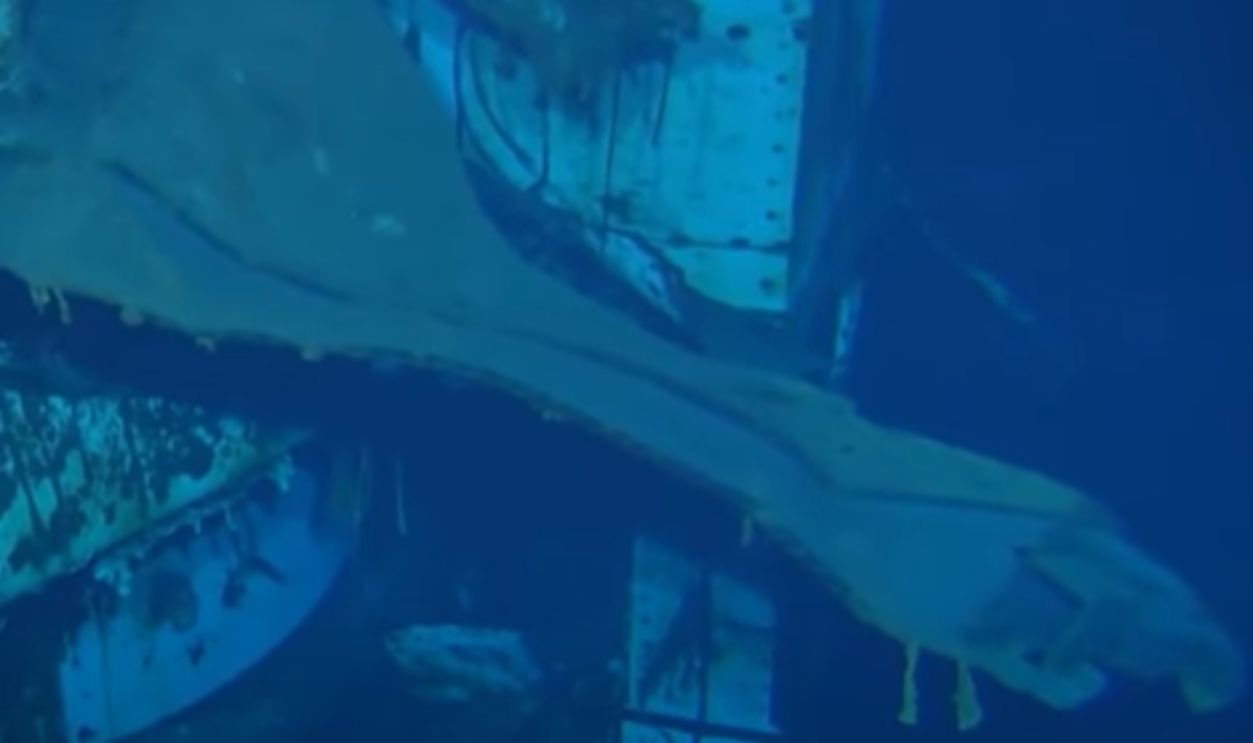 An Exclusive First Look Inside USS Indianapolis Wreckage Underwater | TODAY, TODAY
An Exclusive First Look Inside USS Indianapolis Wreckage Underwater | TODAY, TODAY
Learning From History
The more history we uncover as technology advances, the more mysteries we’ll undoubtedly find. Will we be able to solve them all, or will some continue to confound researchers and remain unsolved? Only time will tell.
You May Also Like:
Unraveling The Lead Masks Mystery
Historical Mysteries That Remain Unsolved

